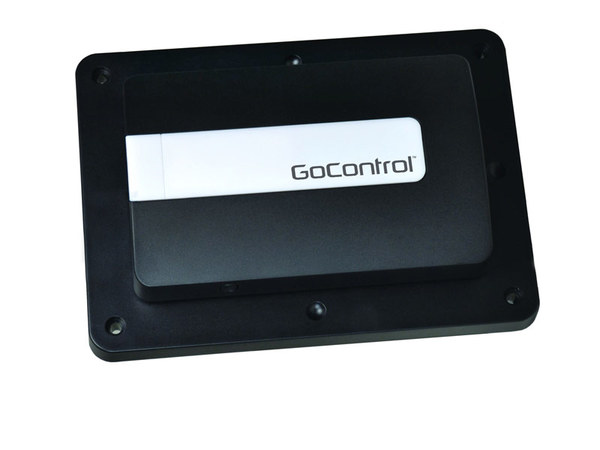Resideo Announces Public Offering of 17 Million Stock Shares
Posted By Michael GorisResideo has announced that 17 million shares of common stock will soon be available in a public offering. According to Resideo, the proceeds will be used to repay borrowings and to help fund growth and acquisitions. The news comes after Resideo posted abetter-than-expected Q3 for 2020.

Resideo trades on the New York Stock Exchange (NYSE) under the ticker REZI. The security, automation and comfort company had its initial public offering (IPO) in late 2018 after being spun-off from Honeywell. The news of the 17 million shares being available in a public offering resulted in a 14% decline in the company's stock price during Monday trading.
For the transaction of 17 million shares, Morgan Stanley and Evercore ISI will act as lead joint book-running managers. Additional bookrunners on the transaction include Bank of Ameria Securities and JPMorgan. Underwriters are being given the options to purchase an aggregate of up to 2.55 million additional Resideo common stock shares.
In the company's most recent earnings report, $1.36 billion in revenue was said to have been achieved in Q3 of this year. This greatly exceeded the consensus expert estimate of $1.15 billion. Year over year revenue for Resideo has increased by 10%. Resideo President and CEO Jay Geldmacher has recently expressed great optimism in demand trends for the security industry as the market enters into the final stretch of 2020.
Resideo is arguably best known for its state-of-the art Honeywell Lyric Alarm System, which boasts 128 wireless zones, encrypted sensor options, backwards compatibility with legacy Honeywell 5800 Sensors, integrated WIFI, built-in Z-Wave home automation, Apple HomeKit compatibility, a 7-inch touchscreen display, and local end user programming. The company also offers the new Honeywell Home PROA7PLUS Alarm Panel, the Honeywell LYNX Touch Panels, and the Honeywell VISTA Alarm Systems.
If you are interested in setting up a Resideo Security System in your home or business, then please feel free to email us at support@alarmgrid.com with any questions you might have. We check our email from 9am to 8pm ET M-F. Also remember to check out our monitoring page to learn more about the services we offer. We look forward to hearing from you!

 The GoControl and Linear brands are often used interchangeably. They are both used to identify automation offerings from
The GoControl and Linear brands are often used interchangeably. They are both used to identify automation offerings from 




